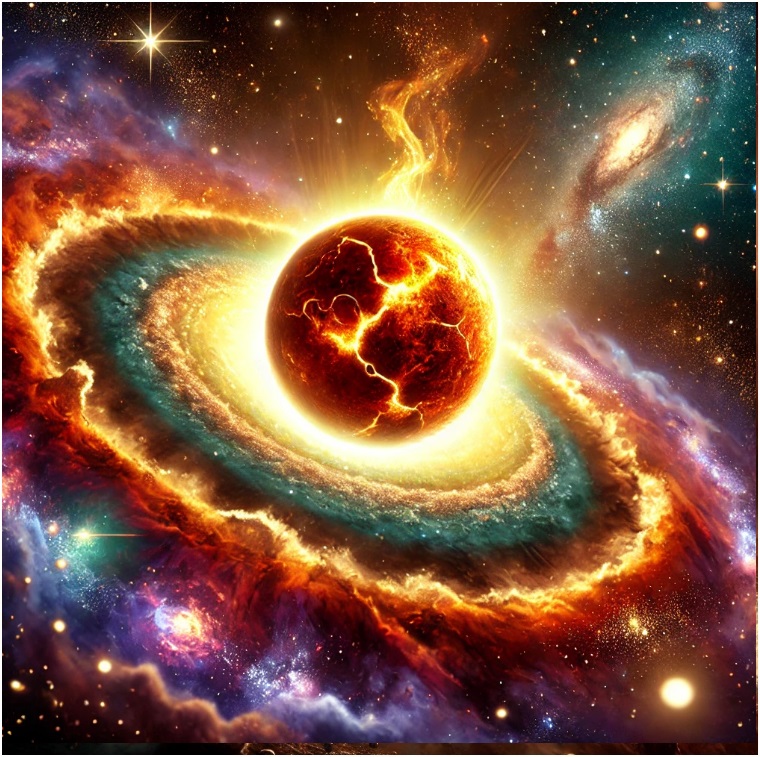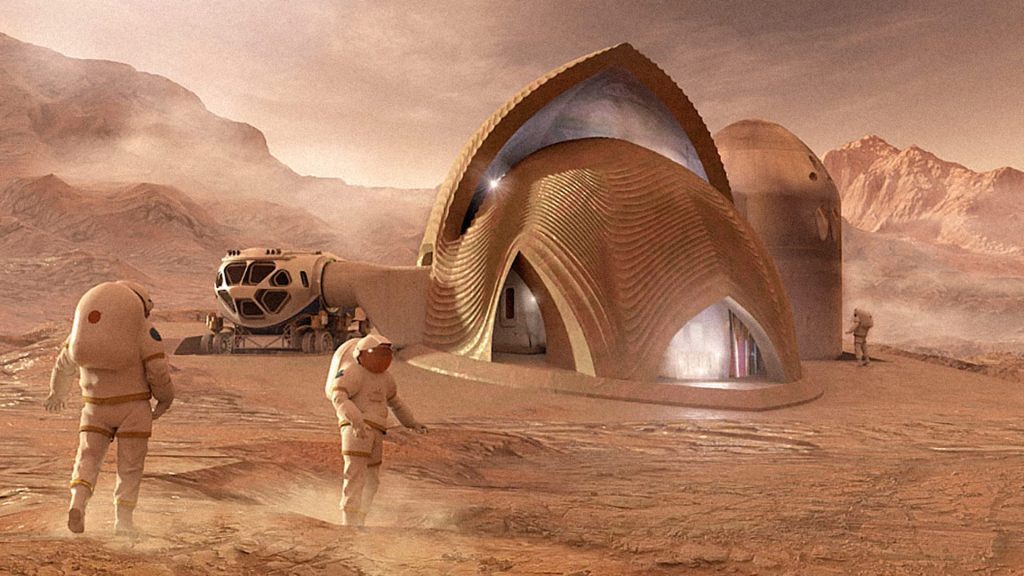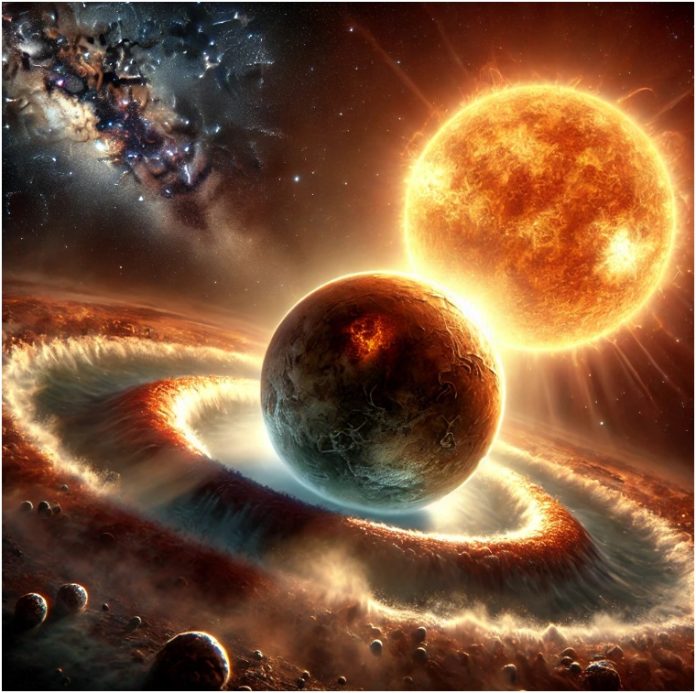NASA has once again succeeded in revealing the mysteries of the universe and offering us an insight into the fascinating processes of evolution of the planet. The spotlight this time is focused on a new planet which may eventually evolve to become a Super-Earth. This new discovery doesn’t just broaden the understanding of how planets form but also increases our curiosity of what’s beyond the solar system.
A Cosmic Infant Making Its Mark
Imagine a planet that is in the process of forming in the chaos and turbulence of a far-away solar system. It’s the scenario NASA has discovered: an exoplanet at its infancy and tucked in the protoplanetary disk of the star that is located around 400 light-years from the star. The disk itself is a vast blue ring made of dust and gas and is a nursery for cosmic life where the planets begin to form.

The thing that makes this one stand out is the fact that this tiny planet appears set to develop to become a Super-Earth, an exoplanet bigger than Earth however, it is less massive than ice giants, like Neptune. Super-Earths are among the most fascinating planets they are, and often sit at the perfect spot in terms of living conditions. Can this nascent planet be the next host for life? It’s a thrilling possibility.
Read about : Chandrayaan 3 Finds Evidence of Moon’s Molten Rock
Peering Into the Past to Predict the Future
The discovery is as if you’re looking back to the very beginning of the planet’s formation. NASA top-of-the-line instruments, such as James Webb Space Telescope James Webb Space Telescope, allow scientists to examine the world’s newest inhabitants in incredible depth. In analyzing the light which is passing across the disk of protoplanetary formation researchers are able to determine the chemical composition of the dust and gas which are the main factors that fuel our planet’s growth.
It’s similar to watching the artist blend colors with an easel before creating an amazing masterpiece. The various elements in the planetary nursery will determine the end “portrait” of the planet–its dimension, the atmosphere it’s in, and the possibility of supporting living things.
A Planetary Building Boom
The new planet is swiftly building up mass, absorbing matter from its environment, as if it were a cosmic vacuum cleaner. This process that is “bulking up” is critical to its eventual. In the event of how much material it will be able to absorb the possibility is that it will become a rocky planet similar to Earth or even a gas-shrouded, gas-rich planet with a completely different tale to be told.

Scientists have the perfect opportunity to research how the planets develop and change. It’s like looking back at a picture of Earth millions of years ago. At that time, our planet was nothing more than an erupting ball of hot rock.
What This Means for Us
Why should we be concerned about a planet’s birth just light-years away? Each discovery helps us answer the most pressing questions of our time. How do planets develop? What are the factors that make a planet liveable? Most importantly, are our only inhabitants within the universe?
NASA’s discovery reminds us that the universe is an expansive and dynamic space, filled of potential and awe. When this planet is embarking in its amazing journey we’re reminded how much we still have to discover, as well as the thrill being a part of the new discovery.
In the Universe, it is writing its tale by chapter, one at one time. Through NASA which allows us to look it up. What’s more? The future of our planet is full of surprises that could change all we know about life within the stars.
Related Blog : What Happens If the Atlantic Current Collapses? Scientists Sound the Alarm

